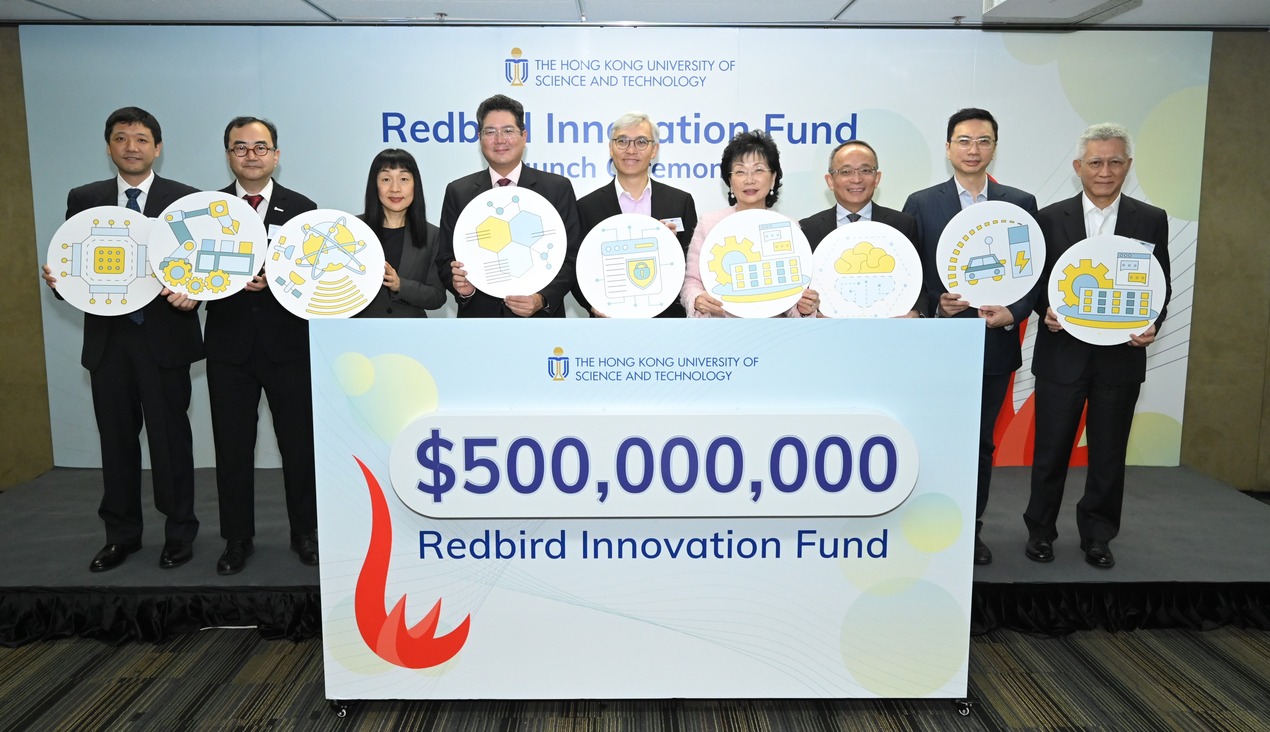
The AI Forum of New Zealand said in its Impacts Research Project report that emerging and disruptive digital technologies continue to converge and while many of us have heard of ‘Artificial Intelligence’, this rapidly evolving technology ecosystem and its potential for economic transformation, is poorly understood.
But the New Zealand government has been proactively adapting tech, including AI and robots to deliver services,
Tailor-made robots are being made for New Zealand government agencies from the garage of a Christchurch start-up.
The robots are being supplied directly to the New Zealand Department of Corrections where they undergo various tests to determine their efficiency before they enter prisons and other secure facilities. One such test is searching vehicles.
The Ministry for Primary Industries (MPI) has also procured one of the robots to for biosecurity activities at New Zealand’s borders.
Prisoners often go to extreme lengths to smuggle contraband into prison. Most commonly, they pressure partners, friends or associates to bring illegal and / or disallowed items into prison when they visit.
The robots are fashioned and functionally made to operate like a remote-controlled car. They are designed to access small cavities, such as under vehicles or buildings.
The robots are fitted with thermal and high definition cameras and a split-screen to give a comprehensive inspection with clear pictures and temperature readings.
It is not uncommon for staff at the Christchurch Men’s Prison to search upwards of 100 vehicles. Corrections use a flashlight and mirror to search under cars, while Biosecurity NZ’s staff crawl under vehicles for checks.
Use of the robot has the potential to make these searches faster, safer, easier and more thorough.
The robots can also be used for searching confined, closed spaces within prisons, such as ducting, Beales said.
The robots could also be used to detect biosecurity risks like insects on the underside of imported vehicles using the thermal imagery camera.
The robots also bring along various health and safety benefits such as removing the need to use a ramp when inspecting vehicles, this also reduced the chance of vehicle damage.
The product manager said that the thermal imagery camera could be used to read human temperature using colour-coded indicators. In theory, this could help to identify people in a large group who were unwell or carrying a virus.
Software, hardware and production process happen directly in Christchurch which means that they can be easily adjusted to suit the requirements of the customer. For remote use, the robots can also be fixed with a 4G router.
Two councils have already expressed interest, to allow building inspections to be conducted while watching the robot’s point of view live from council offices.
While initial cost of the robots could be high initially, their deployment could save time, effort, and money in the long term.
Robots have a wide range of potential application. OpenGov Asia has reported on their uses India, Singapore and other countries.
A Christchurch startup is exploring ways to include robots in fruit picking to end seasonal labour shortages. The young startup is operating out of the Ministry of Awesome’s Te Ōhaka, a startup incubator at Ara Institute of Canterbury.
International players have also expressed interest in New Zealand’s robot potential for some time. A Japanese multinational company has invested $12m into Kiwi ag-tech company early on.
OpenGov Asia reported yesterday on New Zealand’s plans to invest $11.4 million in agricultural technology.
















